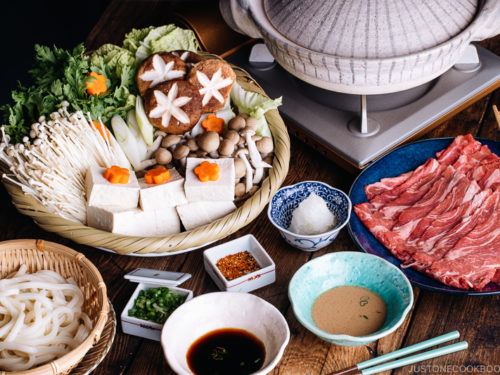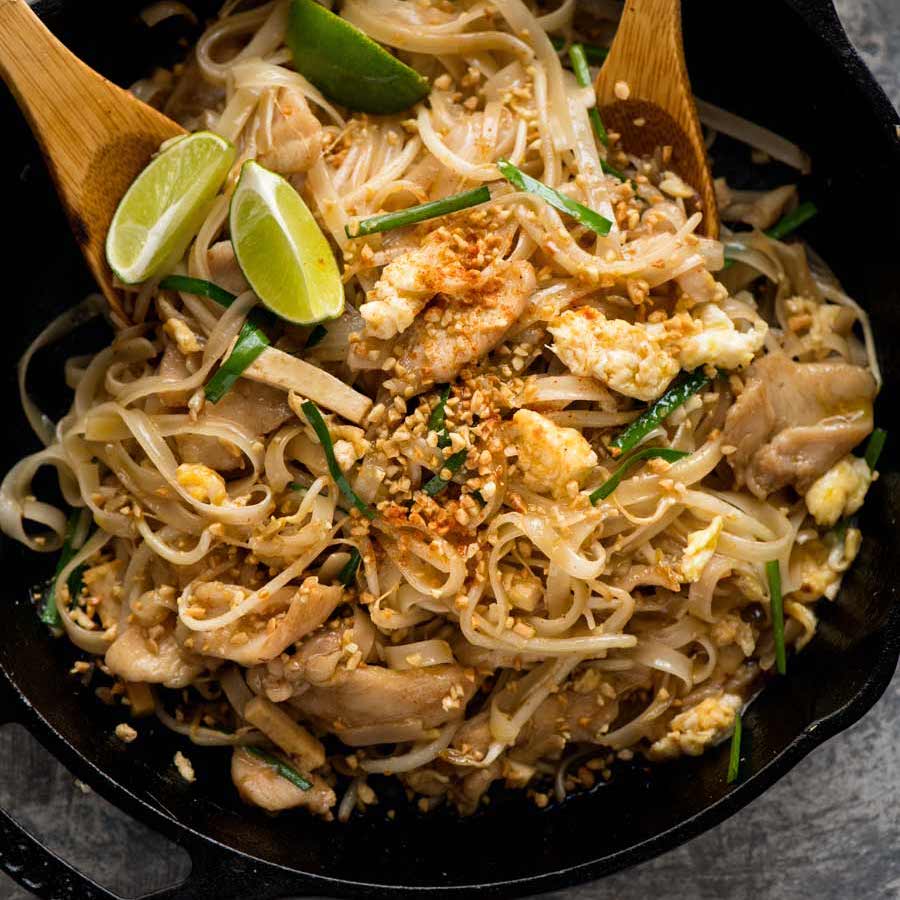Shabu-Shabu is a popular Japanese hot pot dish that offers a delightful and interactive dining experience. Originating in China but popularized in Japan, Shabu-Shabu is known for its simplicity, emphasis on fresh ingredients, and communal cooking style. In this article, we will explore the origins and key characteristics of Shabu-Shabu, and provide you with insights and tips on how to enjoy this delicious and healthy culinary tradition.
The Origins and Popularity of Shabu-Shabu: Shabu-Shabu finds its roots in Chinese hot pot cuisine, particularly the Mongolian-style hot pot called “shuan yang rou.” It was introduced to Japan in the 20th century and quickly gained popularity. The name “Shabu-Shabu” comes from the sound produced when swishing thinly sliced meat in the boiling broth. Today, Shabu-Shabu is enjoyed by both locals and visitors in Japan and has also gained popularity in other parts of the world.
Key Characteristics of Shabu-Shabu:
- Thinly Sliced Meat: The centerpiece of Shabu-Shabu is thinly sliced meat, typically beef, although pork and seafood can also be used. The meat is sliced paper-thin to ensure quick cooking in the hot broth.
- Fresh Vegetables and Ingredients: Shabu-Shabu features a variety of fresh vegetables, such as Napa cabbage, mushrooms, carrots, tofu, and green onions. These ingredients are added to the hot pot to cook alongside the meat and infuse the broth with their flavors.
- Dipping Sauces: A key element of Shabu-Shabu is the assortment of dipping sauces that accompany the cooked meat and vegetables. Common sauces include ponzu (citrus-based sauce), sesame sauce, and goma dare (sesame sauce with additional seasonings). These sauces add additional layers of flavor to the ingredients.
- Hot Pot Cooking: Shabu-Shabu is traditionally prepared using a tabletop hot pot filled with simmering broth. The broth can be a simple kombu (seaweed) or dashi (fish stock) broth or more flavorful variations such as sukiyaki or spicy miso broth. The ingredients are cooked by swishing them back and forth in the hot broth, which quickly cooks the thinly sliced meat and vegetables.
- Communal Dining Experience: Shabu-Shabu is often enjoyed as a communal meal, with diners gathering around the hot pot to cook and enjoy the food together. This interactive dining style fosters a sense of togetherness and sharing among friends and family.
Enjoying Shabu-Shabu at Home:
- Prepare the Ingredients: Thinly slice your preferred meat (beef, pork, or seafood) and prepare a selection of fresh vegetables. Arrange them on a plate for easy access during the cooking process.
- Prepare the Broth: Heat your chosen broth in a hot pot or large pot. You can use a pre-made broth or make your own by simmering kombu, dashi, or other flavorings of your choice.
- Cook the Ingredients: Dip the thinly sliced meat and vegetables into the hot broth, swishing them back and forth until cooked to your desired level of doneness. The meat should be cooked quickly, while the vegetables may take a bit longer.
- Create Dipping Sauces: Prepare your preferred dipping sauces by combining ingredients such as ponzu, sesame sauce, or other seasonings. You can also provide condiments like grated garlic, grated ginger, and chili oil for extra flavor.
- Dip and Enjoy: Dip the cooked ingredients into the dipping sauces and savor the flavors. Combine different ingredients and flavors to find your favorite combinations.
Conclusion: Shabu-Shabu offers a delightful and interactive dining experience that celebrates fresh ingredients and communal cooking. Whether enjoyed in a traditional restaurant or recreated at home, Shabu-Shabu allows you to immerse yourself in the flavors of Japanese cuisine and share a memorable meal with loved ones. Embrace the simplicity and healthy aspects of this hot pot dish, and discover the joy of swishing and savoring deliciously cooked ingredients in flavorful broths.





